We spent our first full day in the Tahquamenon Falls area visiting the Great Lakes Shipwreck Museum, and the Seney National Wildlife Refuge next to it.
(Editor's note: don't forget to check out our latest trailer Trailer 8 - Great Falls [241020], if you haven't already!)
-----
Before leaving the Rivermouth Campground in the morning, we walked over for morning a view of the Tahquamenon River. The slow moving water and glassy reflections didn't give a hint of the falls just a short ways upstream (that we'd be seeing on another day).
Back in the T42, we wondered whether they had a different breed of mosquito in Michigan than we were used to, since we were finding ones with much fatter bodies than we were used to seeing. It turns out they don't - the mosquitoes just get that way after feeding, and pop like little blood-filled water balloons when you smash them.
-----
A short 23 mile drive northeast brought us to the Great Lakes Shipwreck Museum, at Whitefish Point.
We started our visit by walking out to the Beach Viewing Deck, where there was a sign explaining why Whitefish Point is called the "Graveyard of the Great Lakes". While there reading the sign and then looking out across the waters of Lake Superior at Canada in the far distance, we got text messages welcoming us to Canada - and warning us that we'd be paying International Roaming Charges; apparently, our Xfinity Mobile service had been handed off from Verizon in Michigan to Telus in Canada across the water. (Xfinity Mobile service was subsequently switched off for the day 😉.)
From there we walked around the outside of the Whitefish Point Lighthouse (which they unfortunately don't allow you up into) and walked around the rest of the grounds.
-----
Before taking a lunch break, we walked across the parking lot to the Seney National Wildlife Refuge, which supposedly has about 12 breeding pairs of the endangered piping plover.
We walked along the perimeter of the roped off protected nesting area, hoping to be able to spot a nest. We actually spotted a plover hopping around on the beach first, and backtracked where he had come from to find the nest - with its protective cage already erected over it.
The museum had a Birder's Viewing Platform as well, so hoping to continue our streak we headed over there afterwards. But there were no birds to be found there - just some good alternate views of the lighthouse and museum grounds.
After lunch, we bought our wristbands to enter the museum buildings and started our museum visit by going to the USCG Motor Life-Boat House to watch a 14 minute documentary on the recovery of the bell from the wreckage of the SS Edmund Fitzgerald in 1995. The Edmund Fitzgerald disaster is arguably the best known of all the wrecks in Great Lakes shipping history, possibly because Gordon Lightfoot made it the subject of his 1976 song
The Wreck of the Edmund Fitzgerald. When built in 1958 the Edmund Fitzgerald was the largest ship on the Great Lakes, and her sinking in a storm in 1975 makes her the largest to have sunk there. We then moved on to the Shipwreck Museum Gallery building to see the artifacts in there, including the recovered bell itself, and a replica of the "Newtsuit" that helped make the recovery of the artifact possible.
The Gallery contained numerous displays on and historical artifacts from the somewhat-tragic maritime history of the area.
Next we toured the 1861 Lighthouse Keeper's Quarters. Originally built as a duplex with two separate residences, roughly half has been restored to look mid-1890's and the other to look like the 1920s.
In the Surfboat House we learned about the use of the Lyle Gun (essentially a small canon) in near-shore rescues. Very interesting (and potentially dangerous for all involved).
-----
For the next two nights we'd be staying in the Portage Campground, about 17 miles north and west of the Rivermouth Campground the previous night. Portage was decidedly busier / more crowded than Rivermouth was, which perhaps wasn't surprising given its proximity to the actual falls.
After dinner, Tom continued work on his trash can project. He decided that he wanted the rear seam to run up the center of the bag, not the side, so that the hanging strap could be attached to it. This involved carefully undoing 2/3 of the stitching he had done last night (preserving and reusing as much of the thread as possible), and restitching it in the new orientation. When he was done he had a free-standing bag with the seam where he wanted it - but still no hanging strap yet, since again he had run up against bed time.
Tomorrow we'd be visiting Tahquamenon Falls...
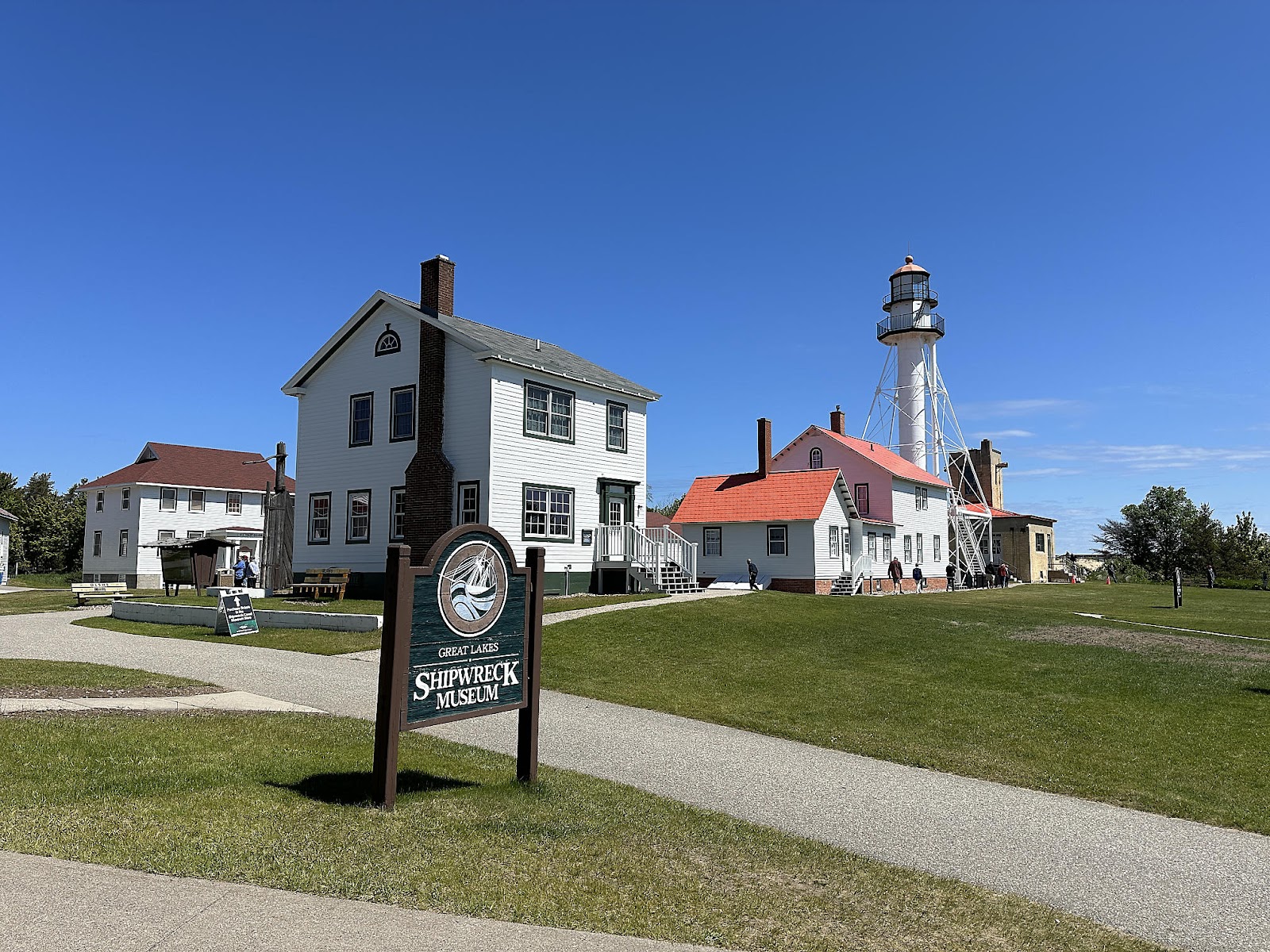



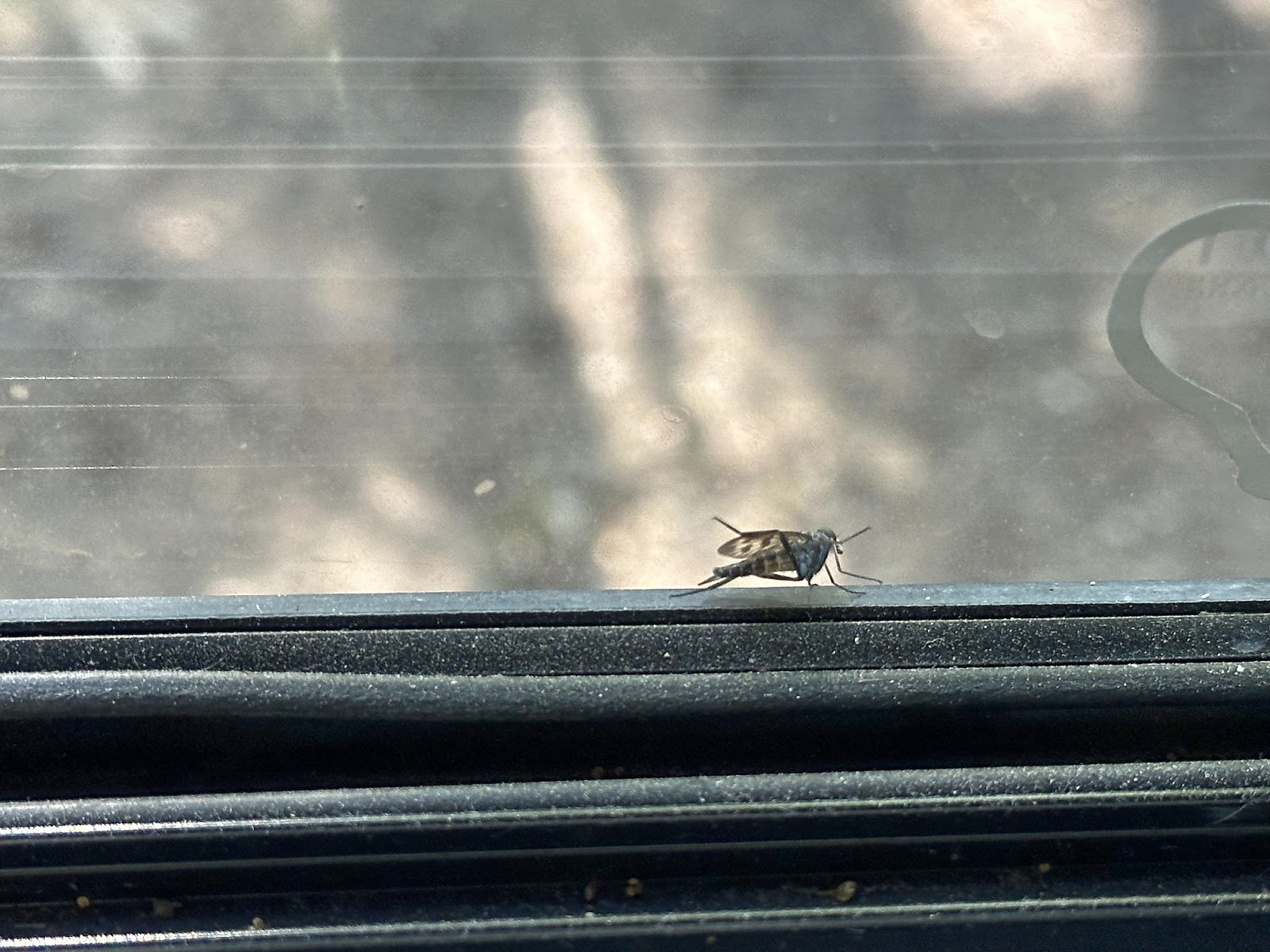
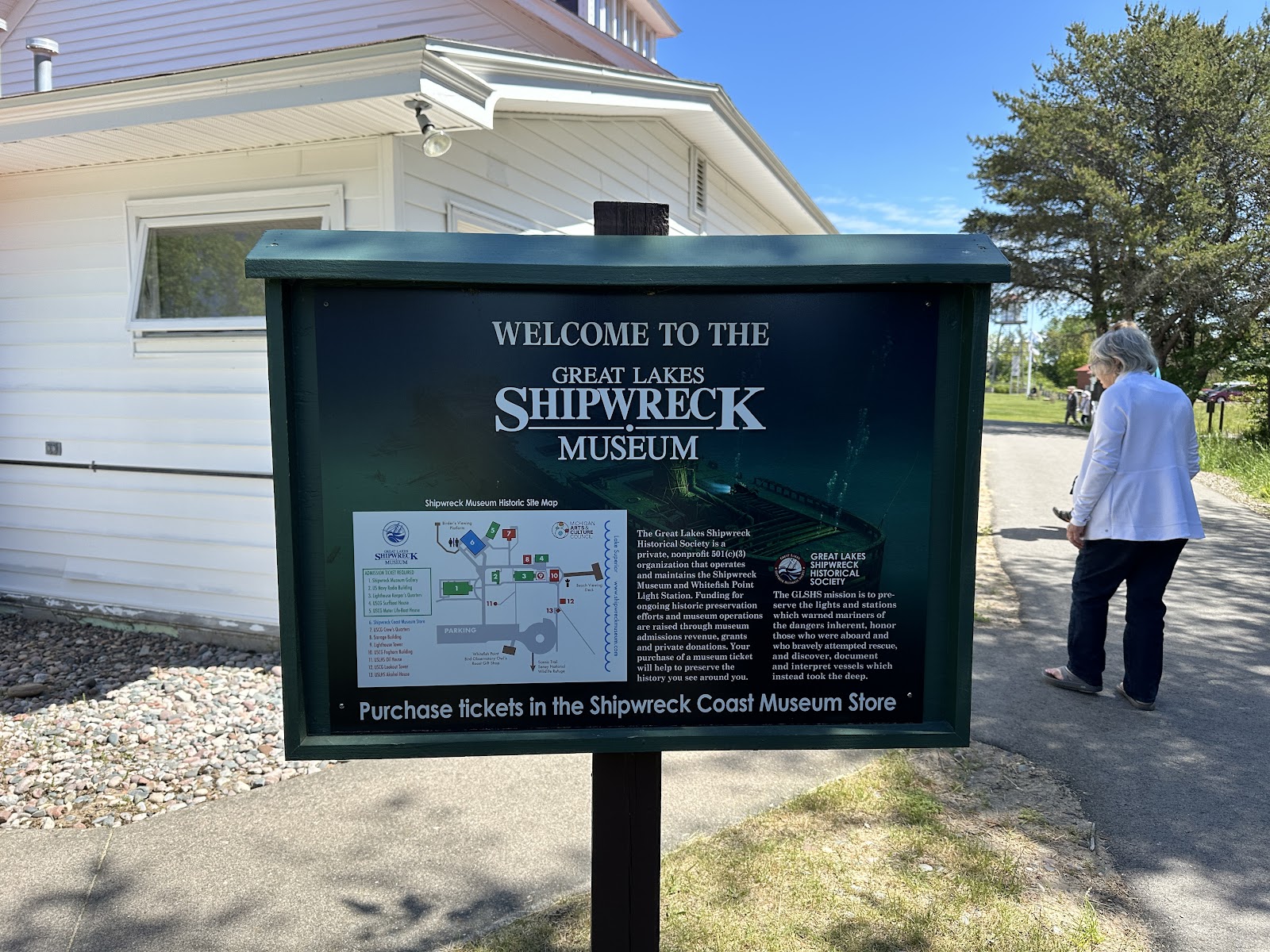



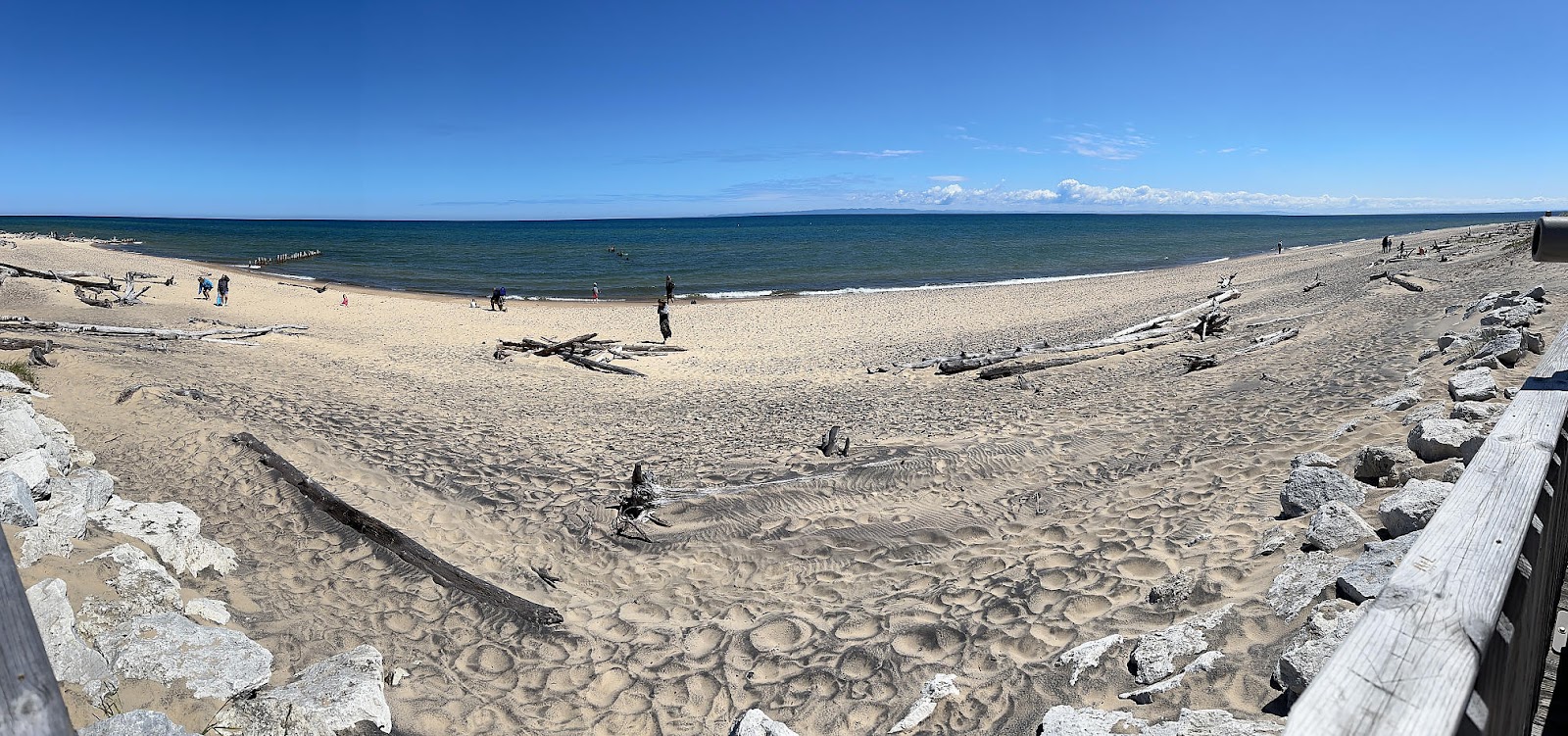








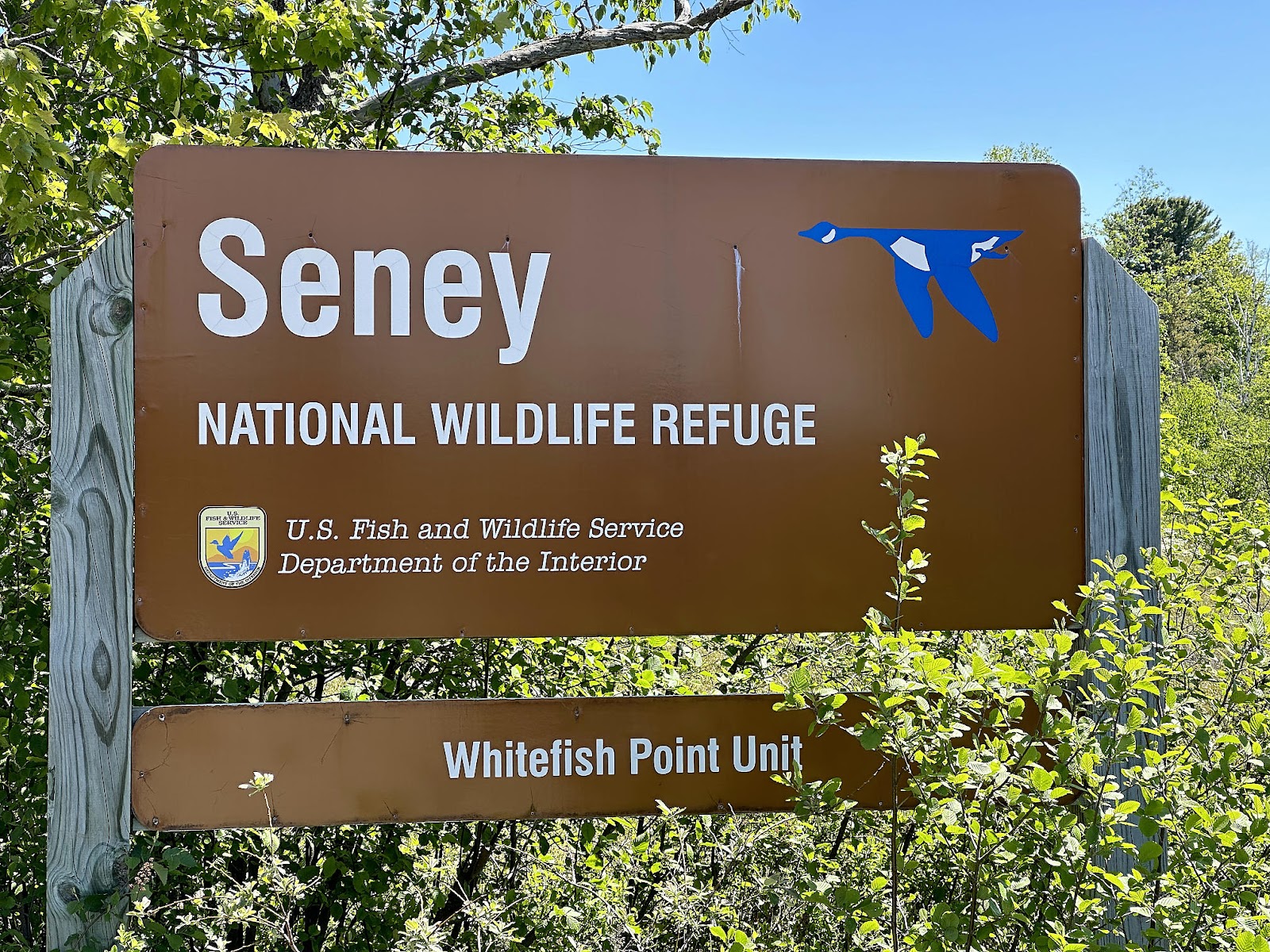

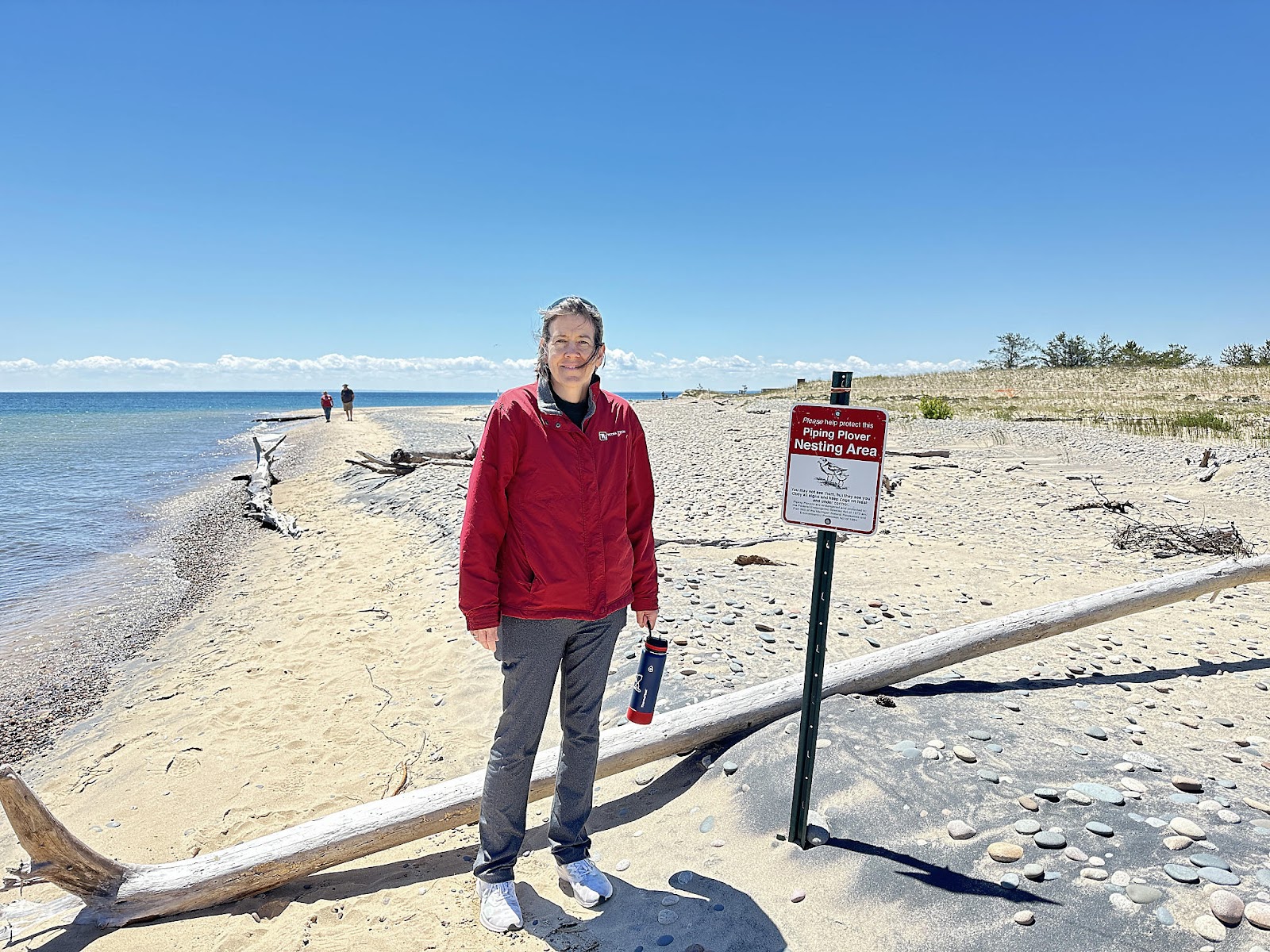

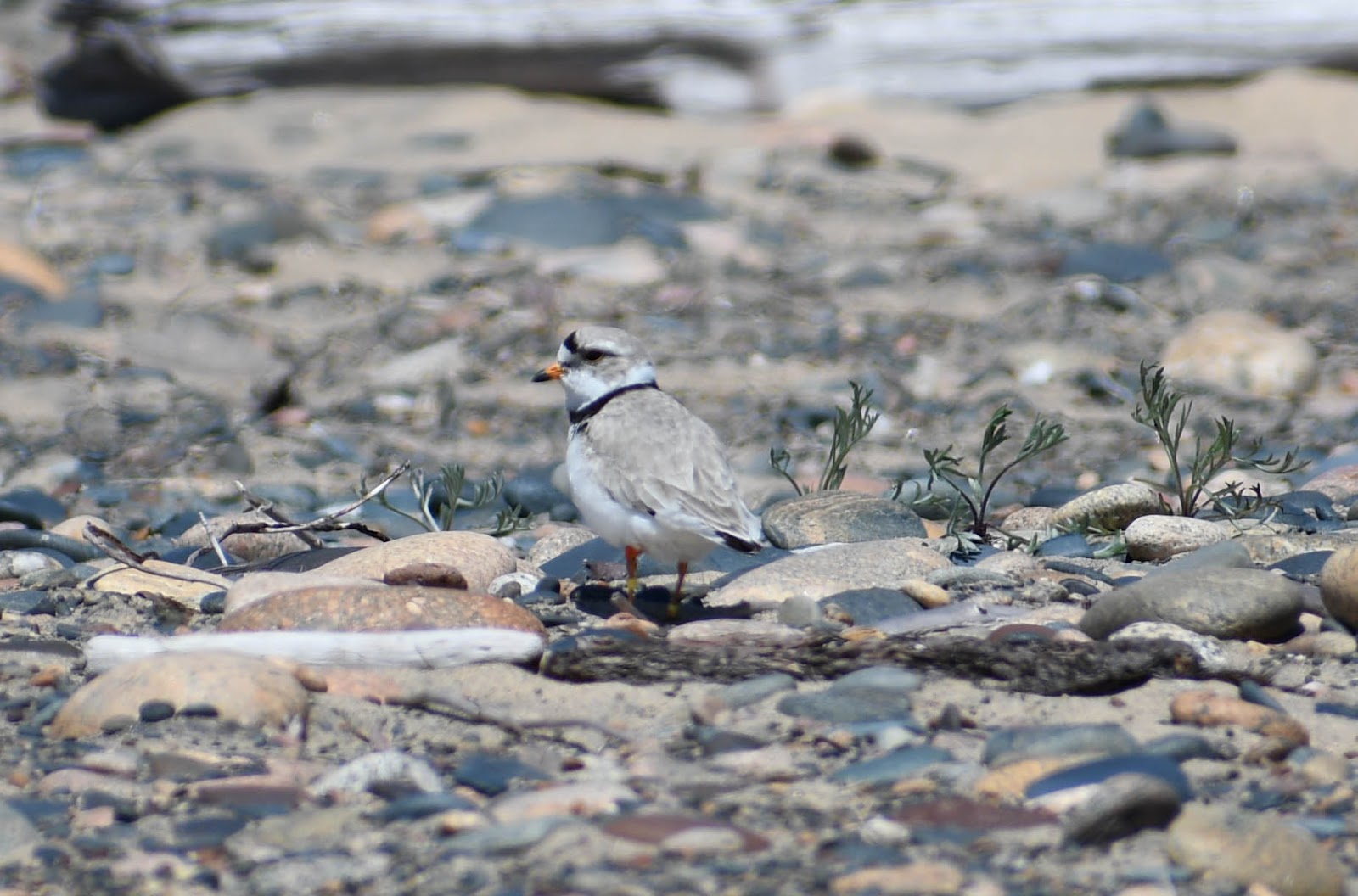







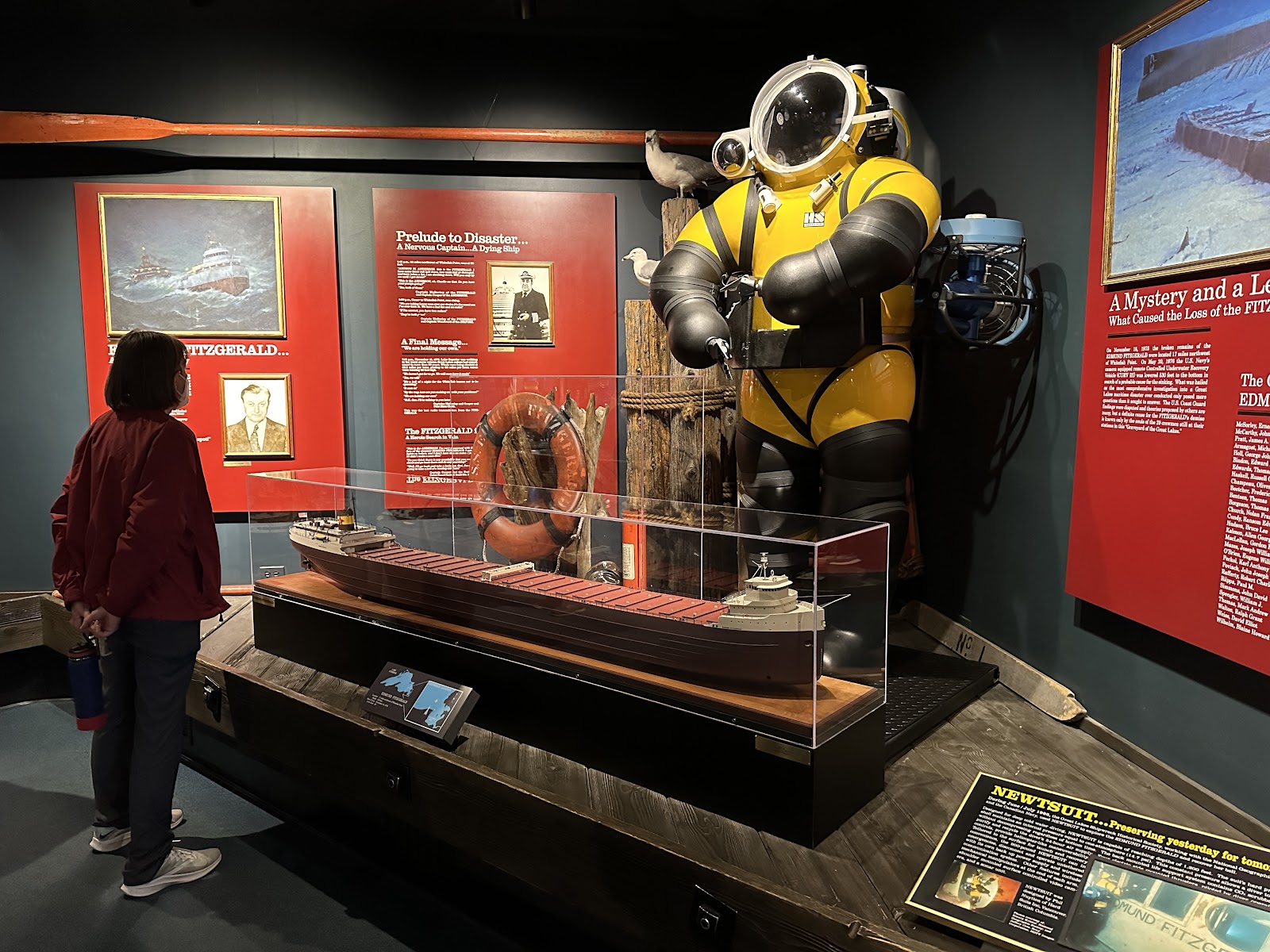

























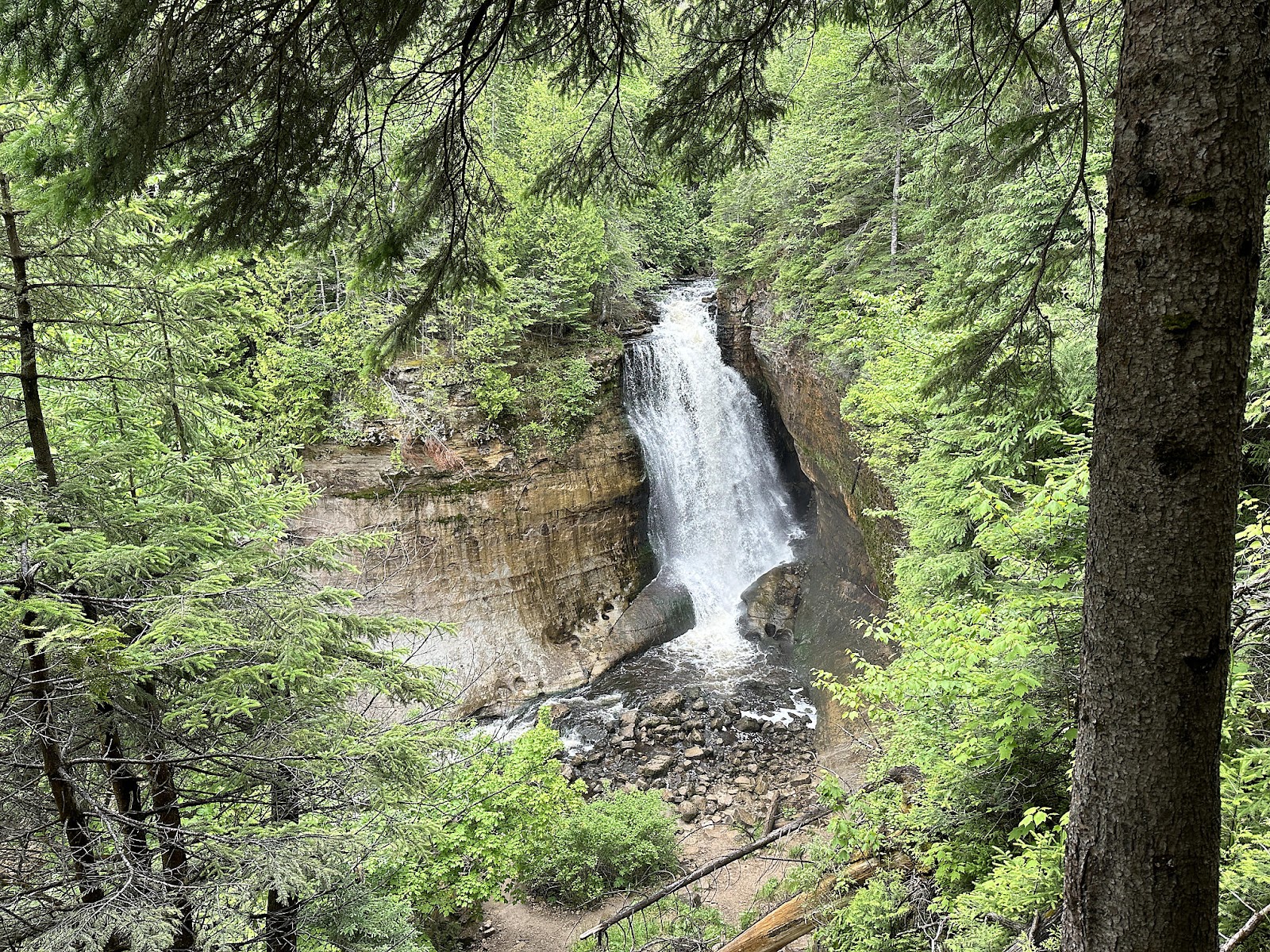
Comments
Post a Comment